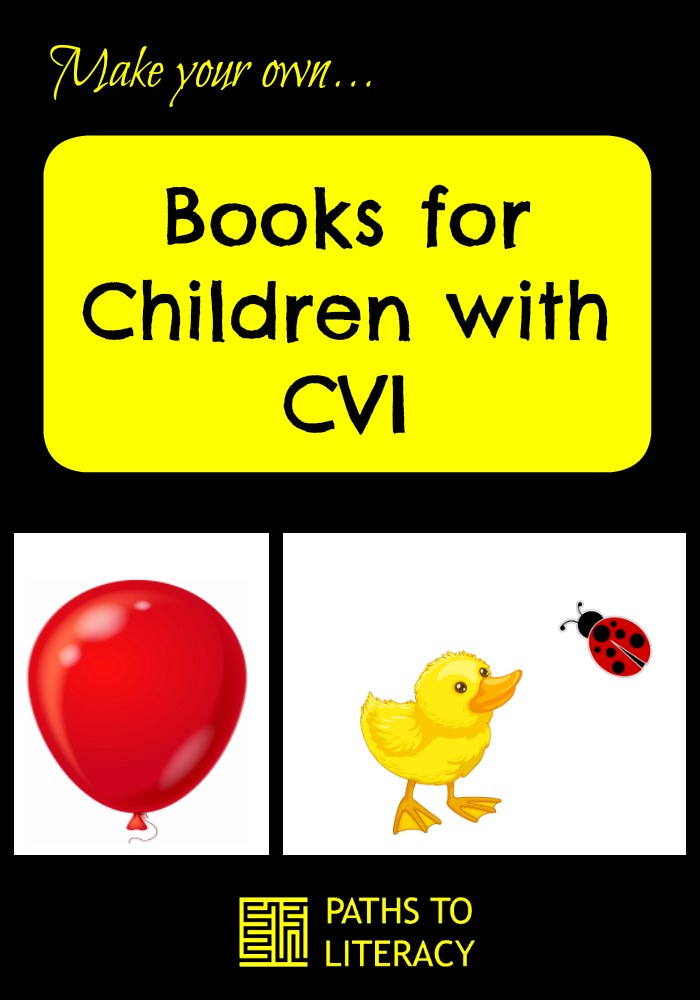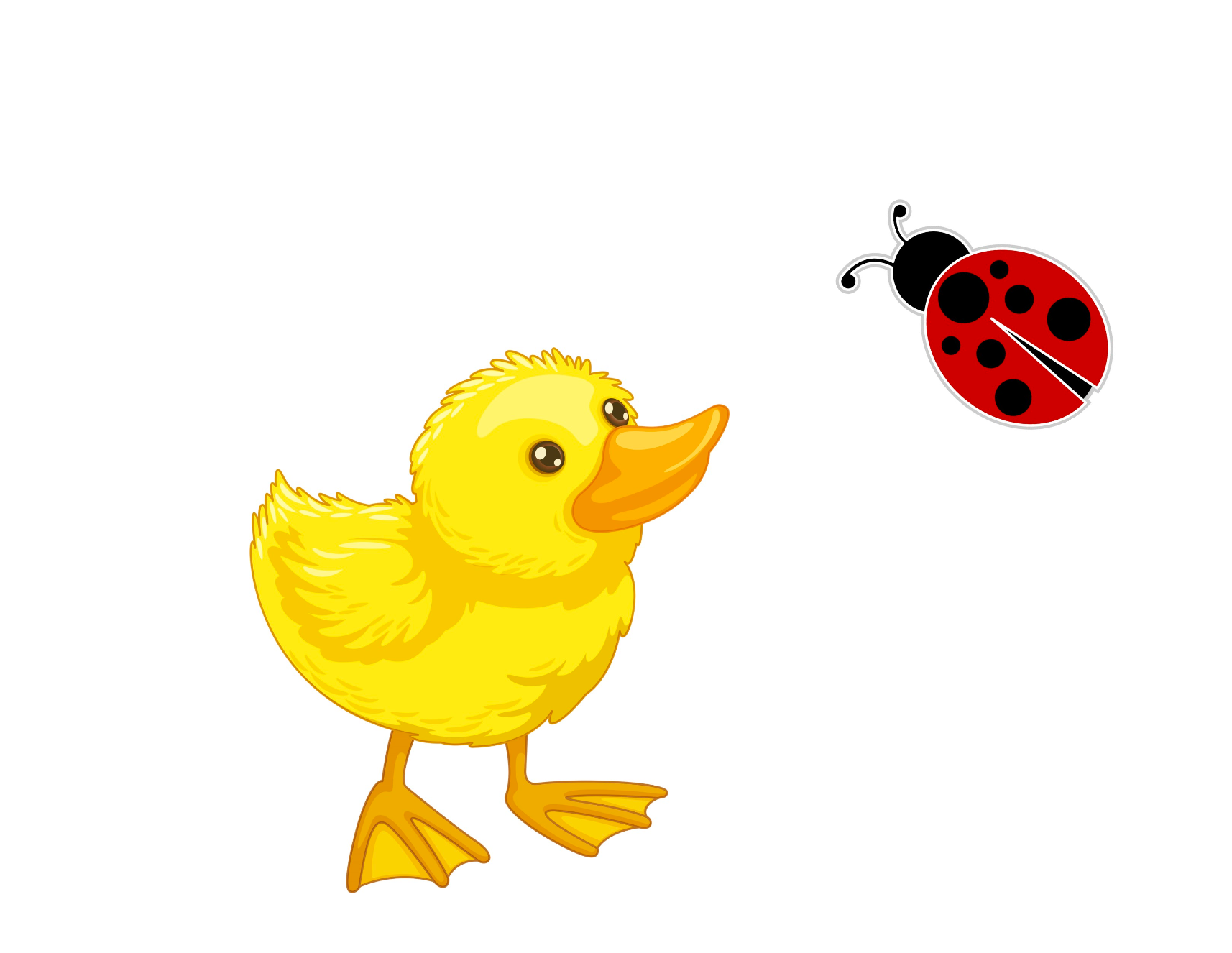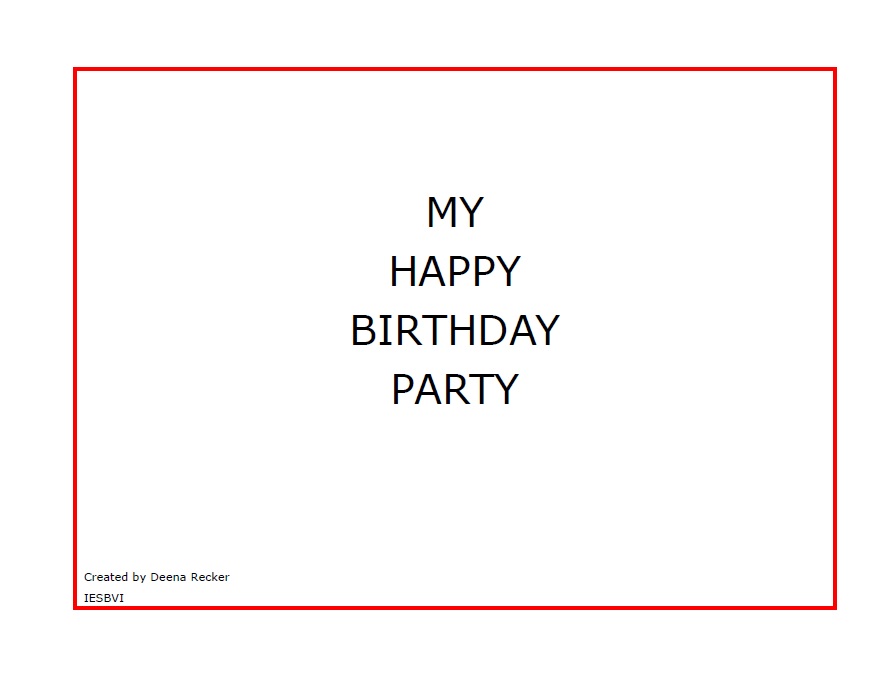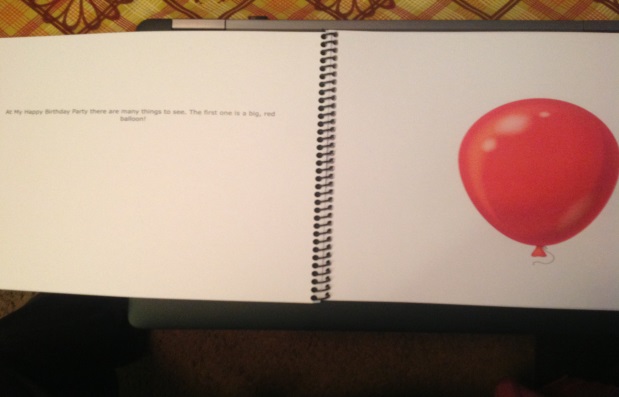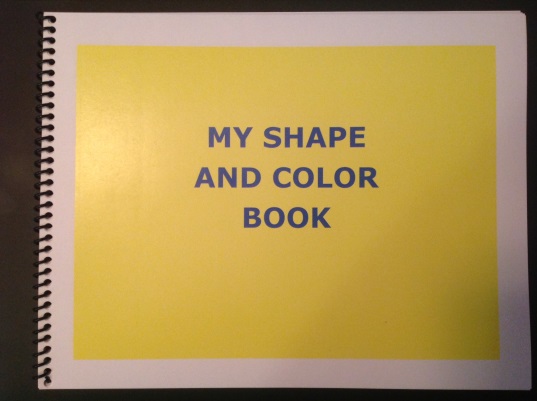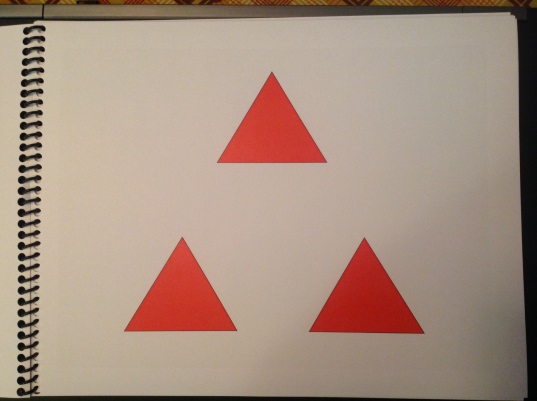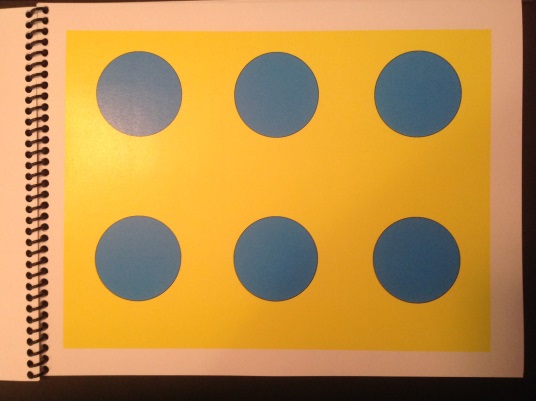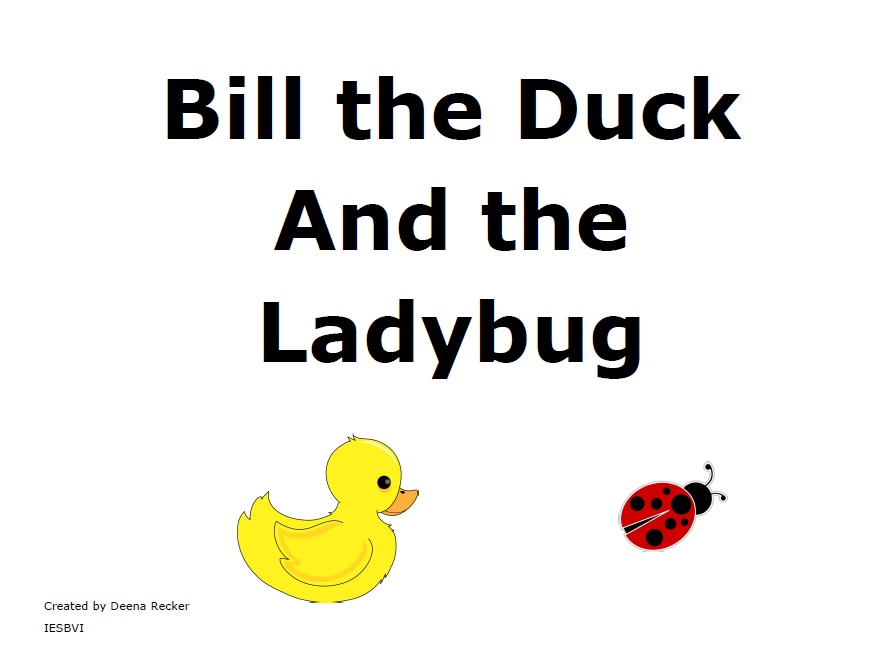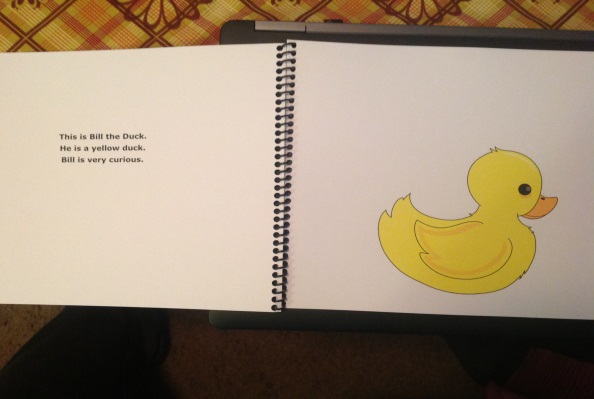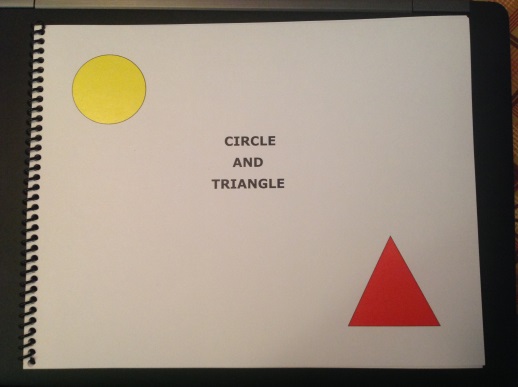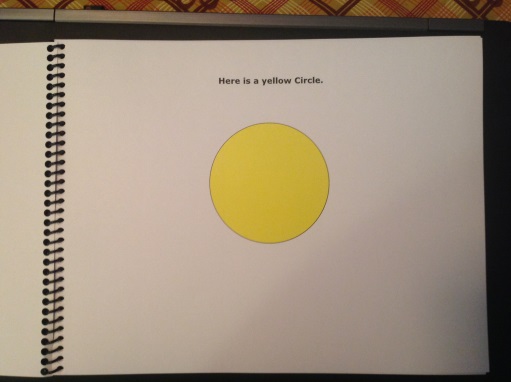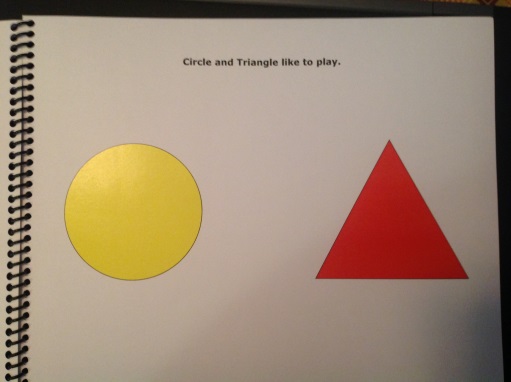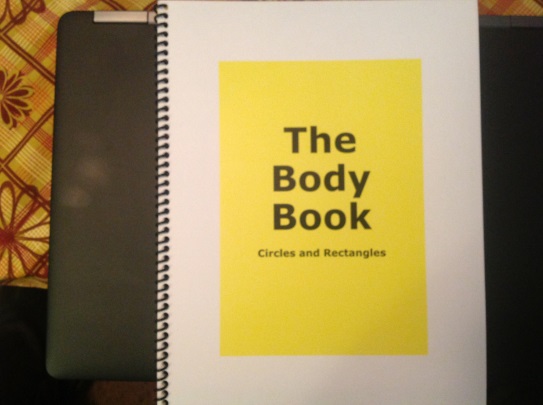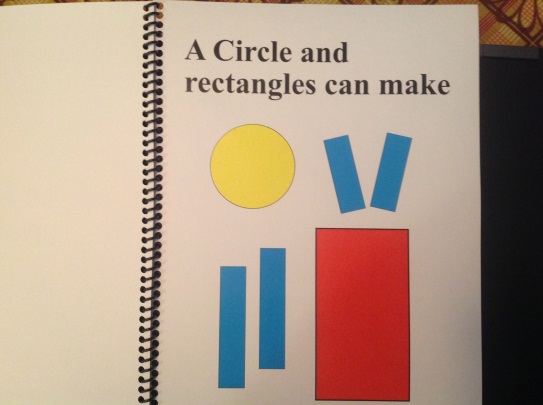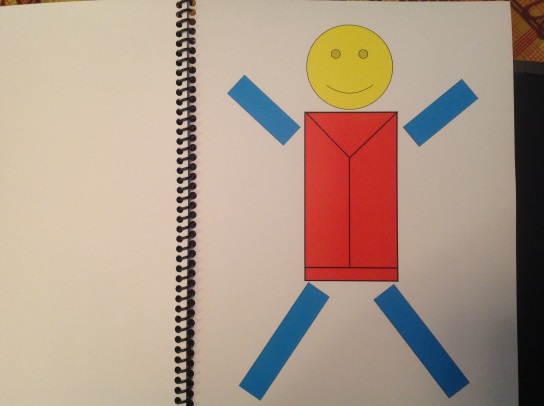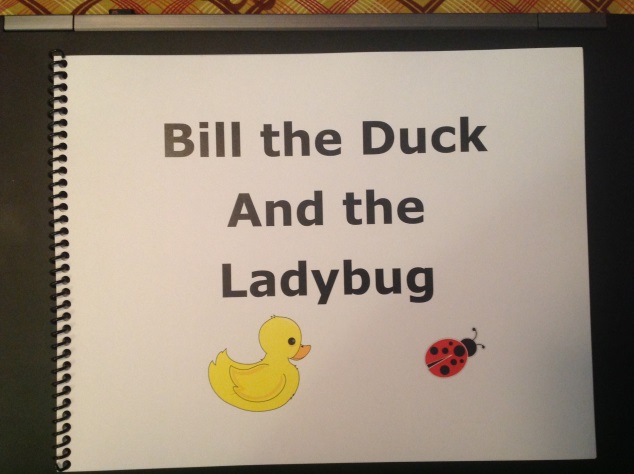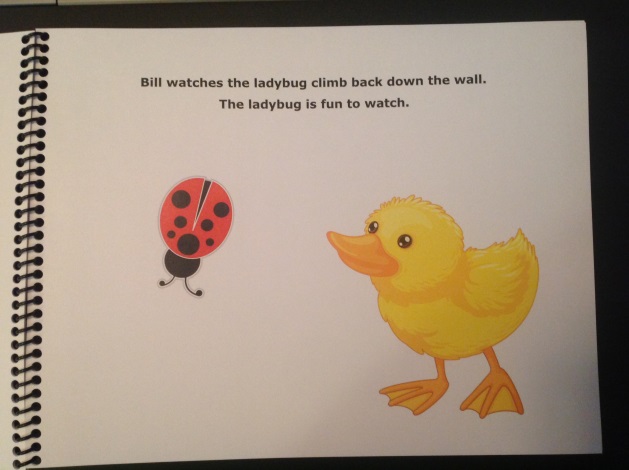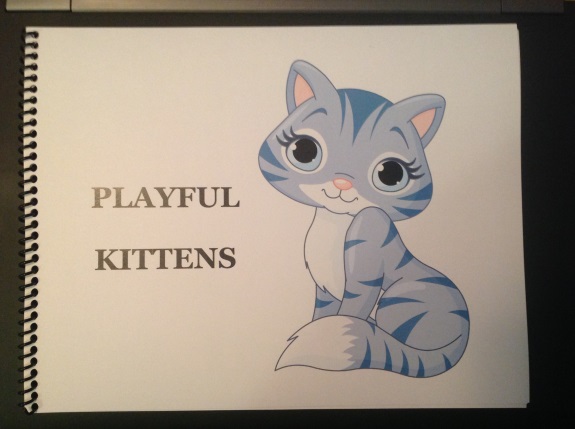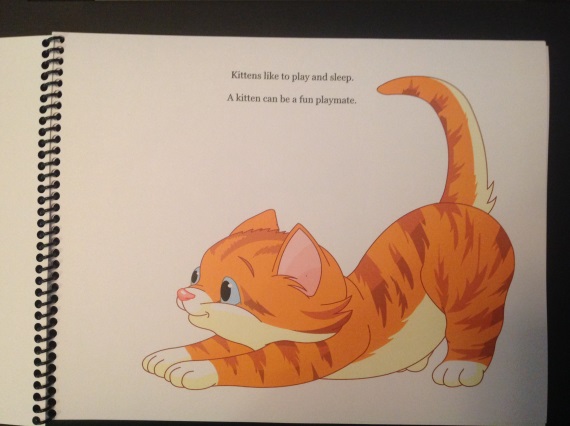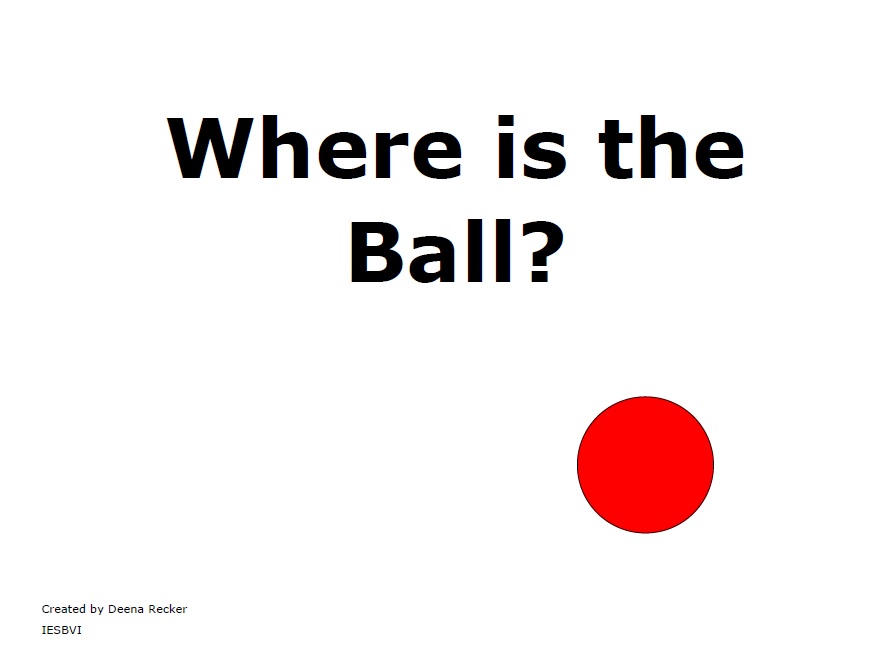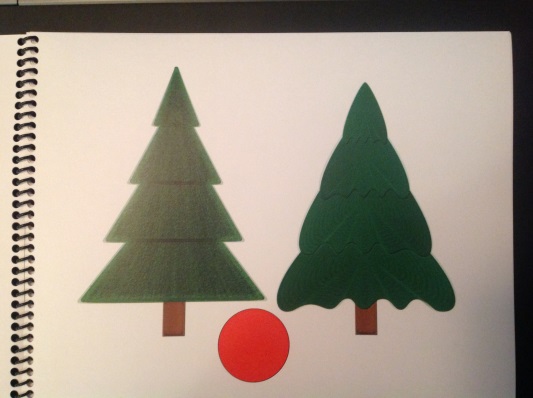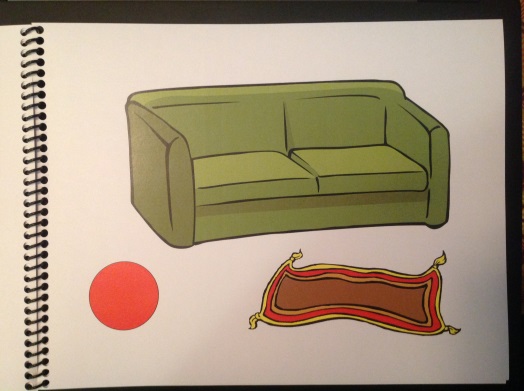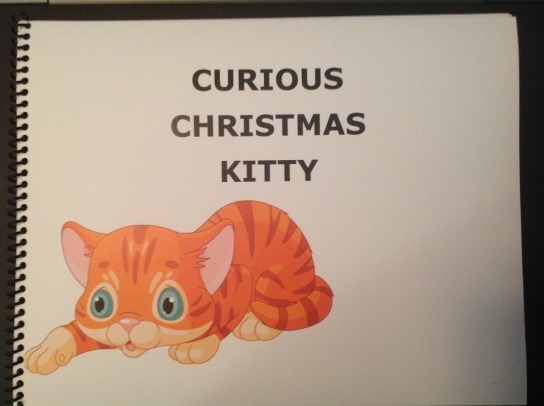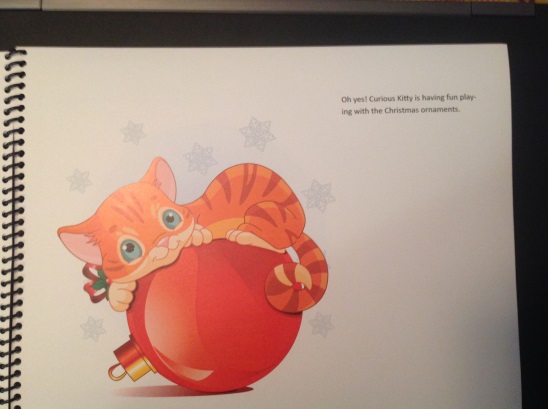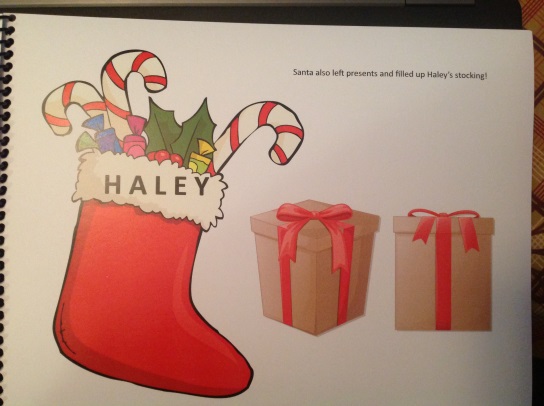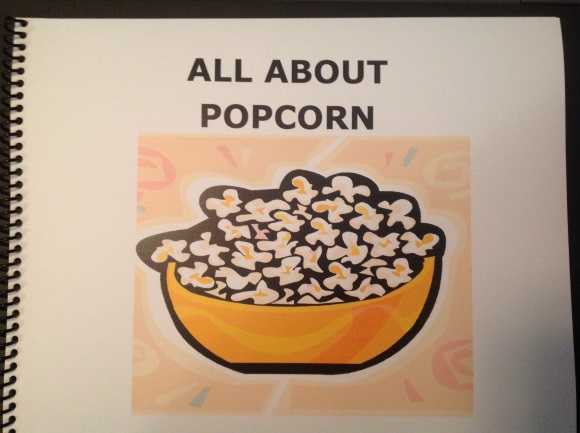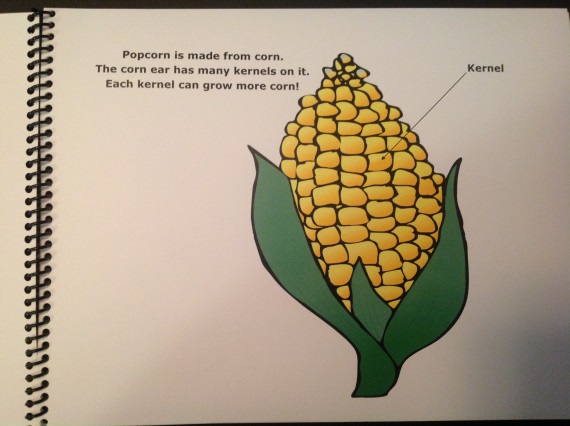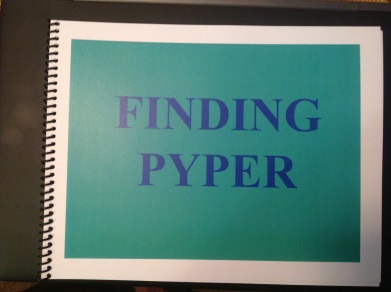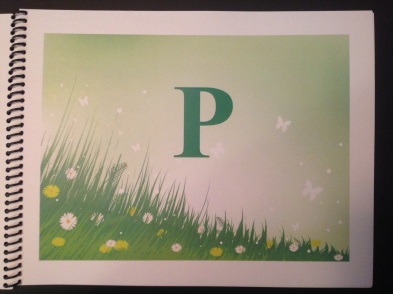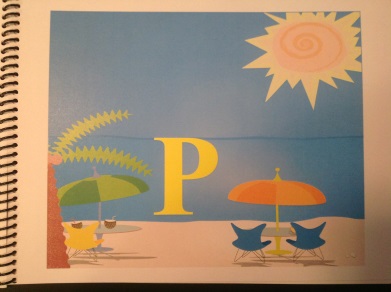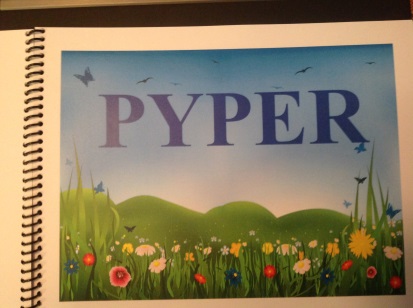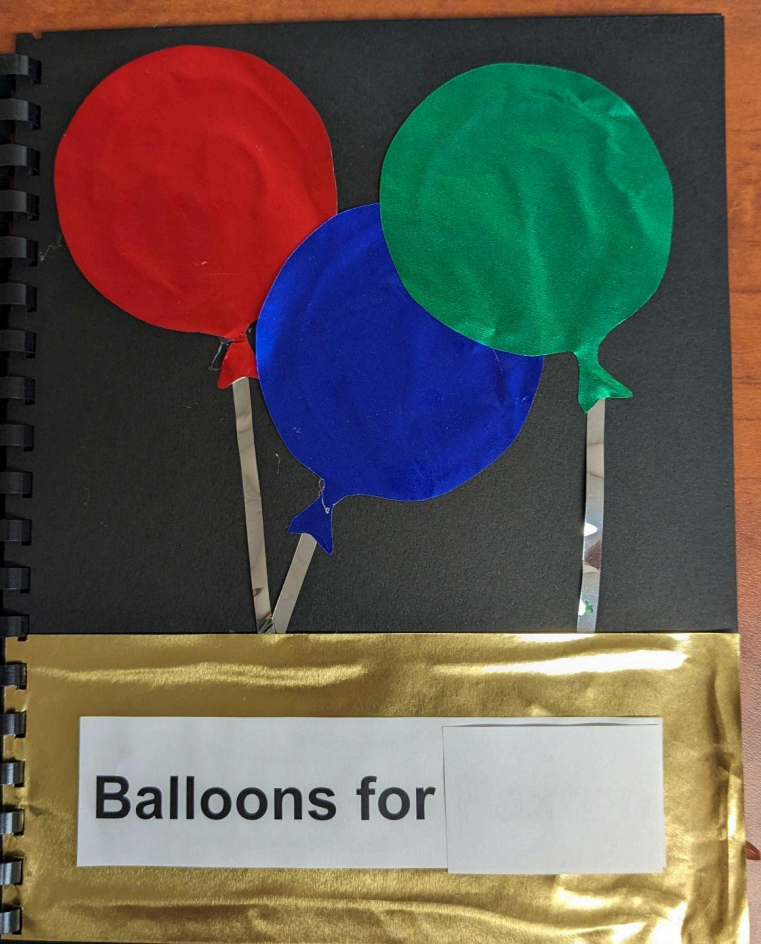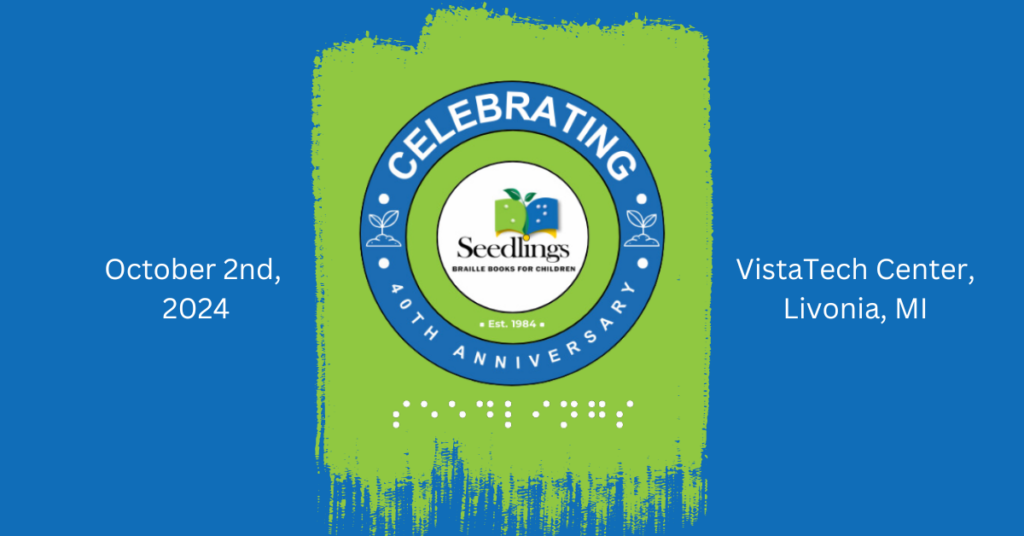Using information obtained from Christine Roman-Lantzy’s book, Cortical Visual Impairment, An Approach to Assessment and Intervention, these books are designed to help bring literacy to students who are diagnosed with or demonstrating the characteristics of CVI.
It is important to remember that when introducing new information to a student, it is usually best to go back down a Phase level. Ex: student is functioning at Phase III but when a new math concept is introduced, ensure that the materials are presented in a Phase II format for ease of visually attending and learning.
Phase I – Building visual behavior
- Objects viewed are generally a single color, have movement or are reflective
- Prolonged periods of visual latency
- Distinct field dependency
- May respond only in strictly controlled environments; does not attend to faces
- Overly attentive to lights
- Visually attends in near space only
- Latent or no response to touch or visual threat
- Resistant to novel objects
- Look and touch occur as separate functions
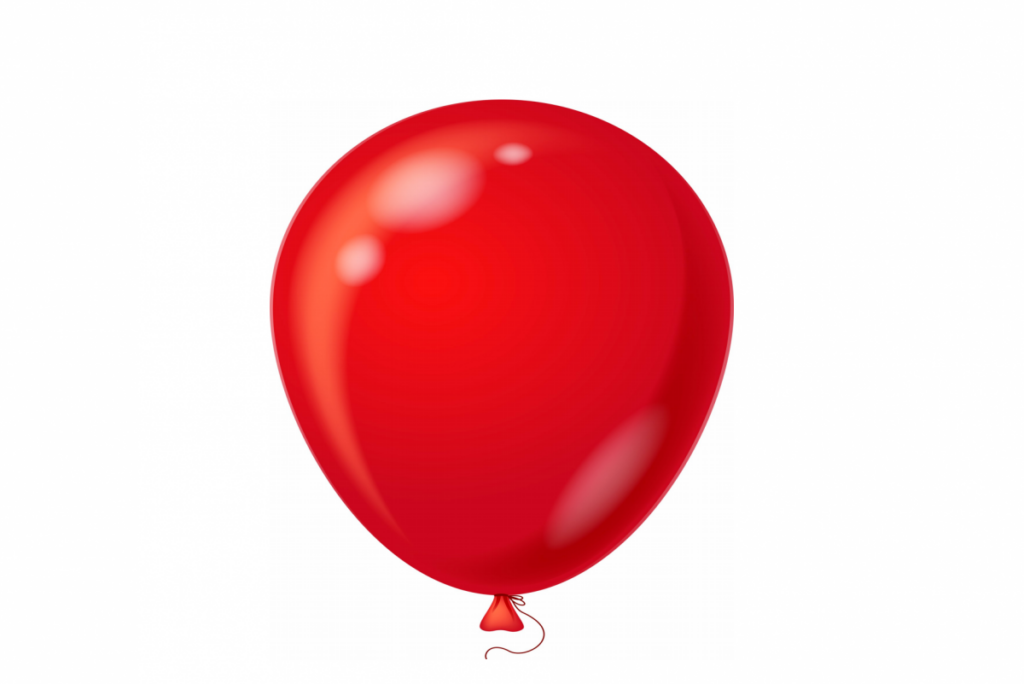
Phase II – Integrating vision with function
- Objects may have 2 or 3 colors and movement may continue to be an important face to initiate visual attention
- Latency only when student is tired, stressed or overstimulated
- Field preferences decreasing
- May tolerate low levels of familiar background noise; may regard a face without the voice
- Light is no longer a distractor
- Visual attention may reach a distance of up to 6 feet
- More consistent response to touch and visual threat
- Begin visual time with familiar objects but can move to novel ones
- Look and touch occur simultaneous with familiar objects
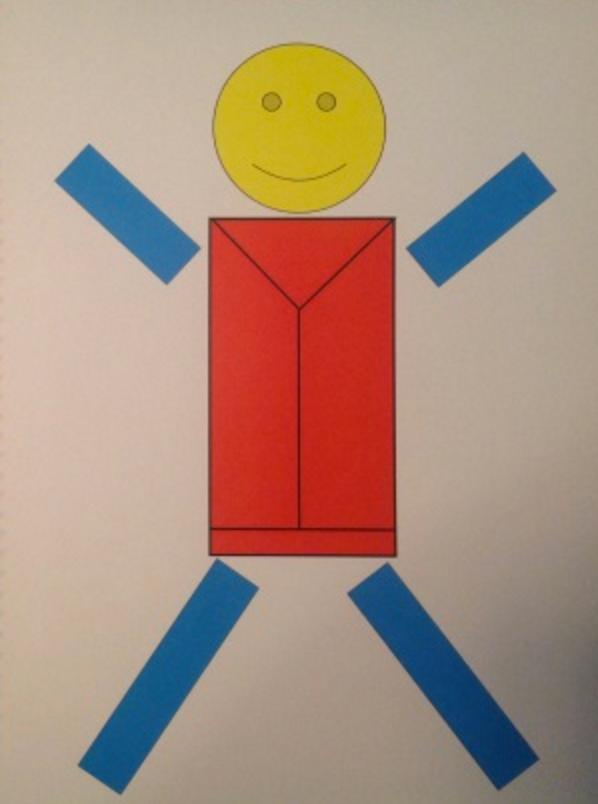
Phase III – Resolution of CVI characteristics
- More colors recognized and familiar patterns
- Movement not required to gain visual attention
- Latency rarely present or resolved
- Visual fields unrestricted
- Competing auditory stimuli tolerated during period of viewing; student may now maintain visual attention on musical toys
- Smiles and regards familiar and unfamiliar faces
- Visual attention extends up to 10 – 20 feet
- Visual reflexes consistently present
- Selection of objects not restricted
- Look and touch occur in rapid sequence or together.
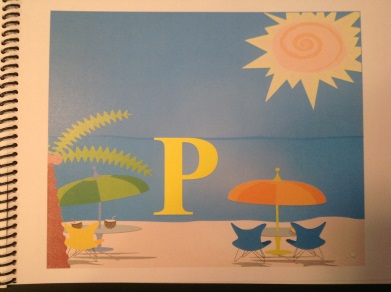
Sample Books Created for Students with CVI
Books that were created were done so with specific students in mind. However, the books, or at least the idea behind them, may be used with other students. You will need to assess your student and determine which books and modifications will be most appropriate. These were printed at the GPAEA Print Shop in Ottumwa, using card stock for the paper so that the pages are durable and the images on the reverse side are not easily seen through the paper. A coil binding is used as a binder.
An extra copy of each book that was provided to a student at school was made and sent home with the student. This provides reading material the family can use at home that will benefit the child.
Sample Books
My Happy Birthday Party
Simple pictures, mostly 1 to a page; the color used in this book is mainly red. The words are opposite the page with the picture and can be folded back so they are not seen by the student.
My Shape and Color Book
No words in this book, only different shapes with color combinations. This book may also be used in a higher Phase level to determine color preference, shape recognition, determine field preference, positional concepts, assessment of visual tracking on the page and counting.
Bill the Duck and the Ladybug
Simple story of Bill watching a Ladybug move around the page; can also be used to learn/reinforce positional concepts. Words are on opposite side of the page from the pictures to limit visual clutter.
Circle and Red Triangle
Simple story of a yellow circle and a red triangle who like to play together. Words are on the same side of the page as the pictures, but these can be moved to the opposite page if desired. Concepts of top, bottom and sides of page can be incorporated.
Books with Words and Pictures
These books incorporate words on the page with the pictures. Once these books are familiar to students, many of them are paired with objects that represent the pictures in the book. This seems to help students understand how pictures represent real objects. Books to consider:
The Body Book
This uses simple shapes to create a ‘stick’ body. An extra copy of the last page of the book can be made, then cut out the shapes and use as a puzzle to build the body. Place a blank sheet as a final page and an envelope can be glued to it to hold the puzzle pieces.
Bill the Duck and the Ladybug
Bill makes a re-appearance in the same story but the words are on the same side as the pictures. A plastic duck and ladybug are paired with this story.
Playful and Colorful Kittens
What is more fun than kittens? Most pages have one kitten playing with a ball of yarn; each kitten and yarn ball are in a different color. The student this was created for has a love of kittens so the subject matter really attracts her visual attention. Soft, stuffed kittens, along with a ball of yarn, are paired with this story.
Where is the Ball?
This is a version of “Where’s Waldo?” except it is MUCH simpler. It begins with one picture plus the ball and advances to multiple pictures with the ball. This book may provide ongoing assessment of how many objects a student is able to visually attend to at once. Having the student place a small red ball on the picture of the ball when he/she locates it incorporates vision and touch.
Books with More Complex Images and Background
These books incorporate more background information but the primary focus remains on the subject.
Curious Christmas Kitty
This was created for the student who loves kittens so it could be incorporated into the Christmas readings at her school. Simple story of one little kitten and her Christmas adventure. It allows the book to be customized with the student’s name on the stocking. Using the interest of this student has encouraged her visual attention with more complexity, for longer periods of time.
All About Popcorn
This was created to be used by a student whose class was reading a book about the same subject but it was too busy for the student to attend to visually. More advanced story line, with more words on each page. This book increases the amount of story line; using questions at the end can help determine comprehension of the student. Send one home and the family can read it together then pop some popcorn to enjoy.
Finding Pyper
This is a book created for a student to practice recognizing the letters of her name. It has much more background but the letter is large and separated, allowing her to practice her visual skills while locating her letters and name.
